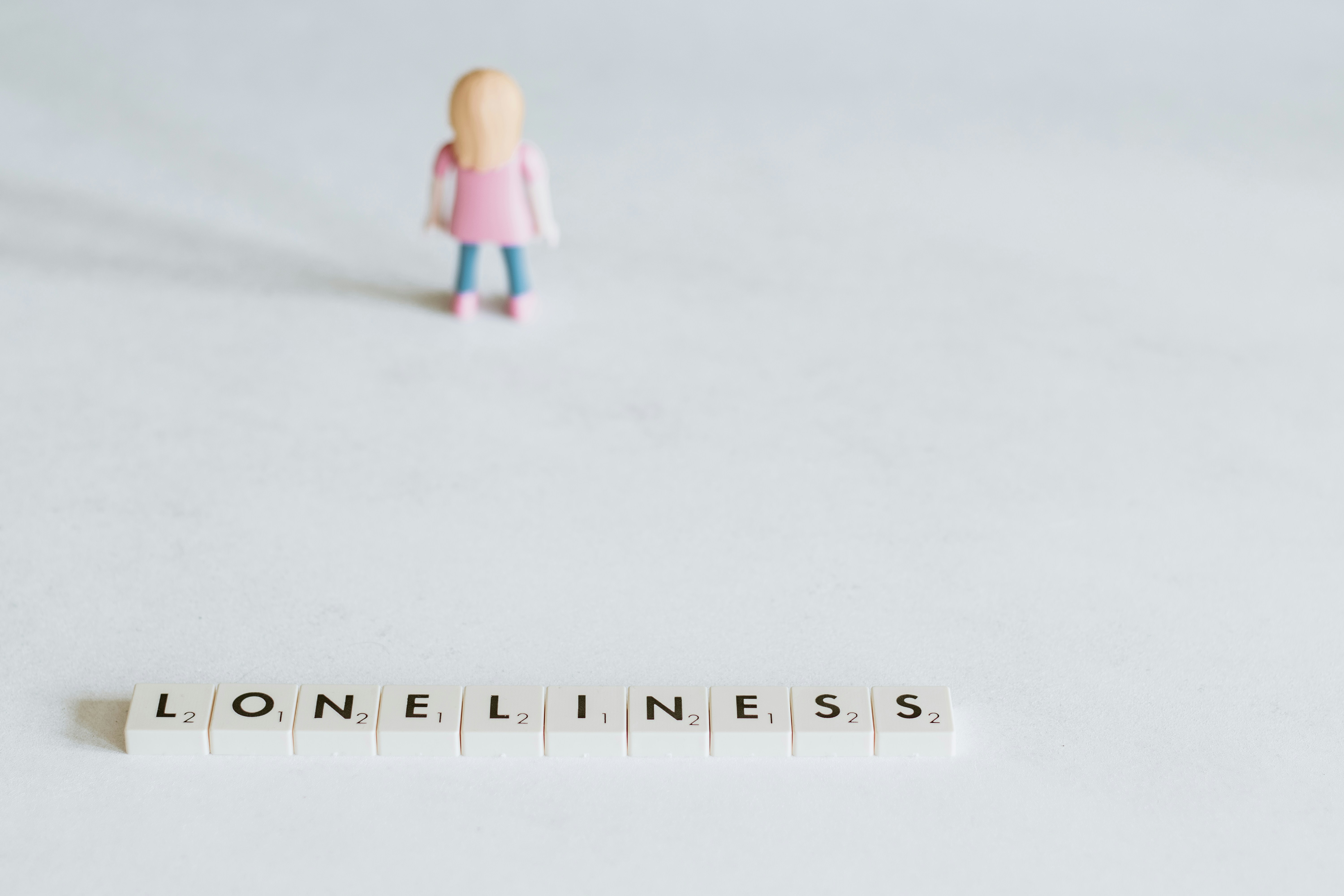The Quiet Revolution of Digital Journaling: Unlocking Teen Emotions
Published on September 27, 2024
The Quiet Revolution of Digital Journaling: Unlocking Teen Emotions

In the age of smartphones and social media, the traditional diary has undergone a digital transformation. For today's teens, digital journaling apps have become a powerful tool for self-expression, emotional processing, and personal growth. But what makes these digital diaries so appealing, and how are they impacting the emotional lives of young people?
The Appeal of Digital Journaling
Digital journaling offers several advantages over traditional pen-and-paper methods:
- Privacy and security (password protection)
- Convenience (always accessible on your device)
- Multimedia integration (photos, videos, audio)
- Search functionality
- Cloud backup and syncing across devices
These features make it easier than ever for teens to capture their thoughts and feelings in the moment, creating a rich digital archive of their emotional journey.
Emotional Benefits for Teens
Research has shown that regular journaling can have significant positive effects on mental health and emotional well-being. For teens, digital journaling can:
- Reduce stress and anxiety
- Improve self-awareness and emotional intelligence
- Enhance problem-solving skills
- Boost mood and overall well-being
- Provide a safe space for processing difficult emotions
The Role of AI in Digital Journaling
As artificial intelligence continues to advance, some digital journaling apps are incorporating AI features to provide additional support and insights. These AI-powered tools can:
- Analyze writing patterns to identify mood trends
- Offer prompts and questions to encourage deeper reflection
- Provide personalized suggestions for coping strategies
- Flag potential mental health concerns for further support
While AI can't replace human connection and professional mental health support, it can serve as a valuable complement to help teens better understand and manage their emotions.
Encouraging Healthy Digital Journaling Habits
For parents and educators looking to support teens in their digital journaling journey, consider the following tips:
- Respect privacy: Allow teens to keep their journals private unless there are serious safety concerns.
- Provide resources: Offer information about reputable journaling apps and online safety.
- Encourage consistency: Suggest setting aside regular time for journaling.
- Model the behavior: Share your own positive experiences with journaling or self-reflection.
- Be available: Let teens know you're there to talk if they want to share anything from their journaling process.
As we navigate the complex landscape of teen mental health in the digital age, tools like AI-powered journaling apps offer a promising avenue for self-discovery and emotional growth. By embracing these technologies thoughtfully, we can help young people develop valuable skills for understanding and managing their emotions throughout their lives.
If you're interested in exploring how AI can support emotional well-being and family communication, check out Thinker, an innovative tool designed to help families navigate relationships and improve mental health.


